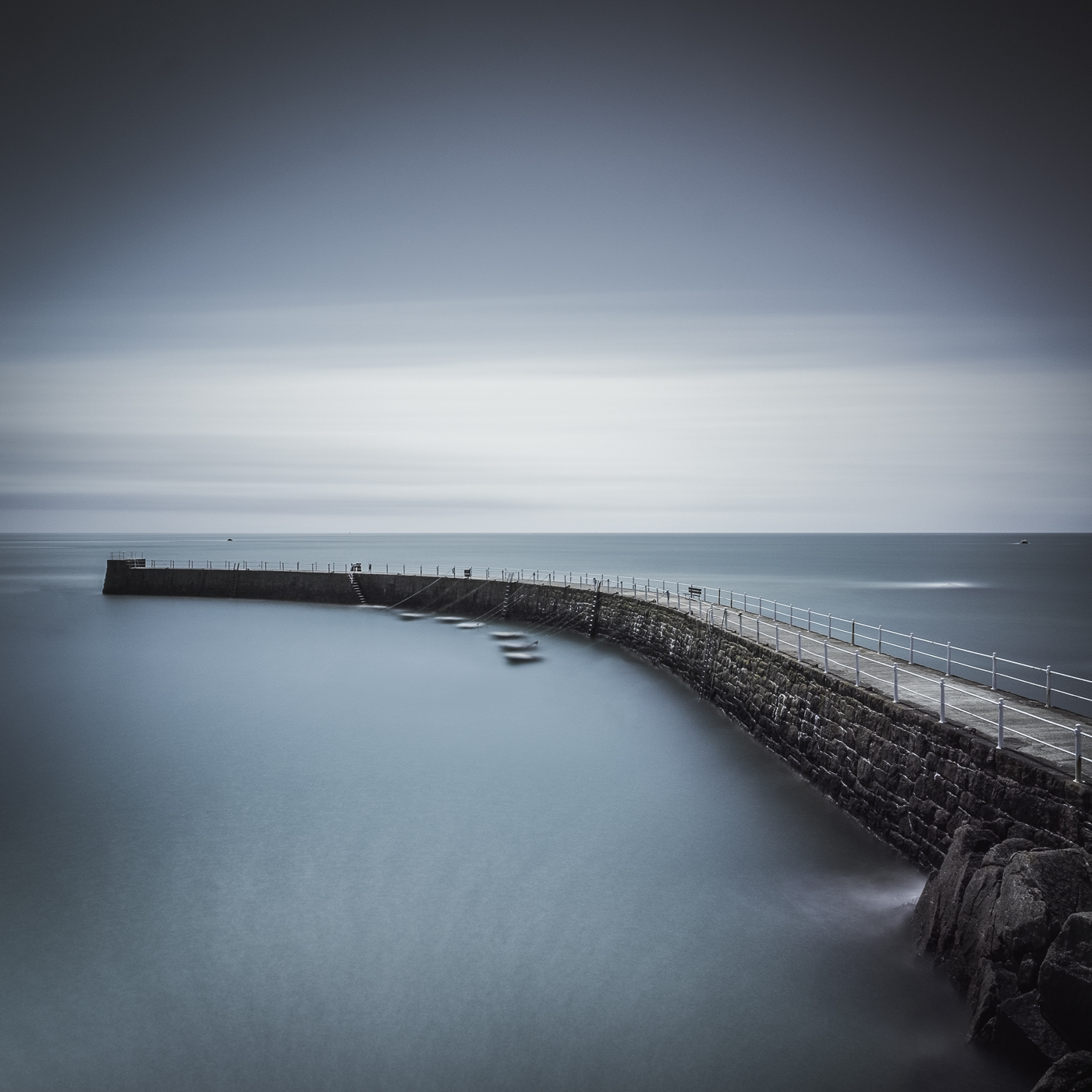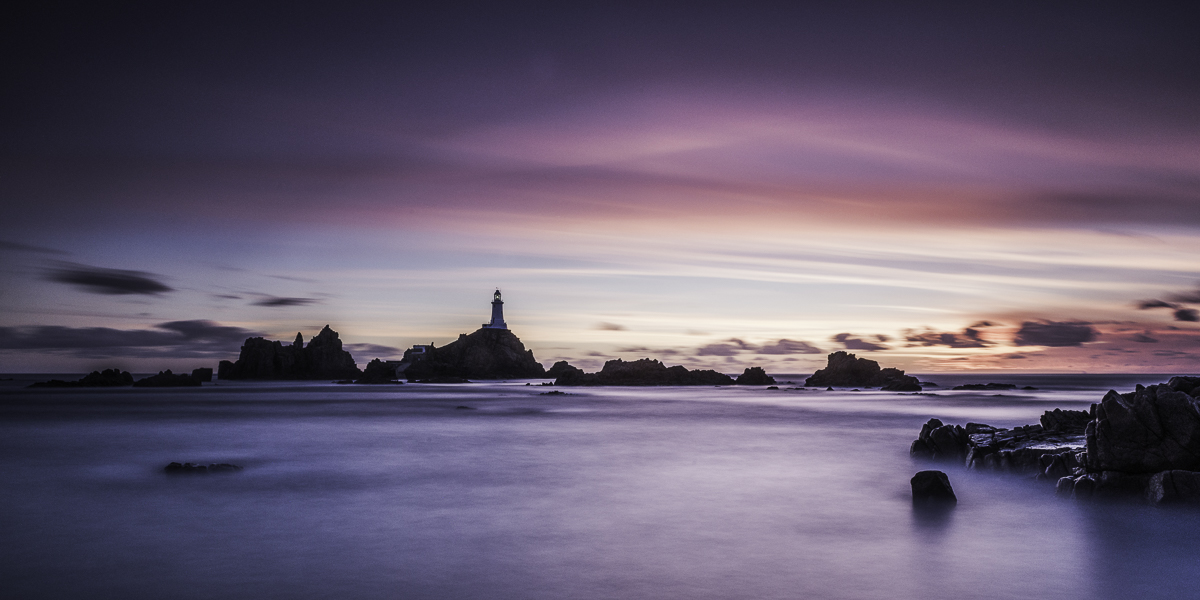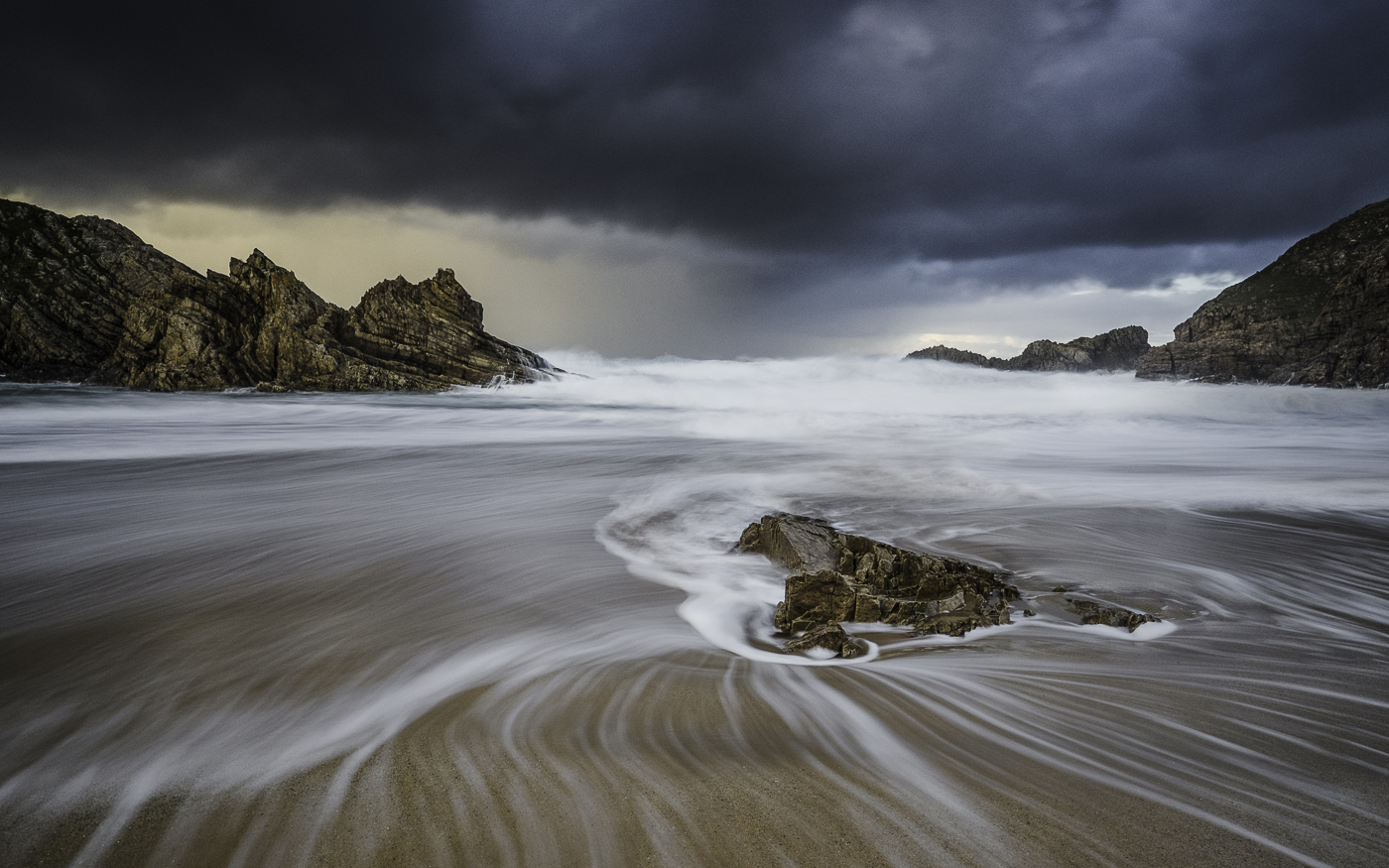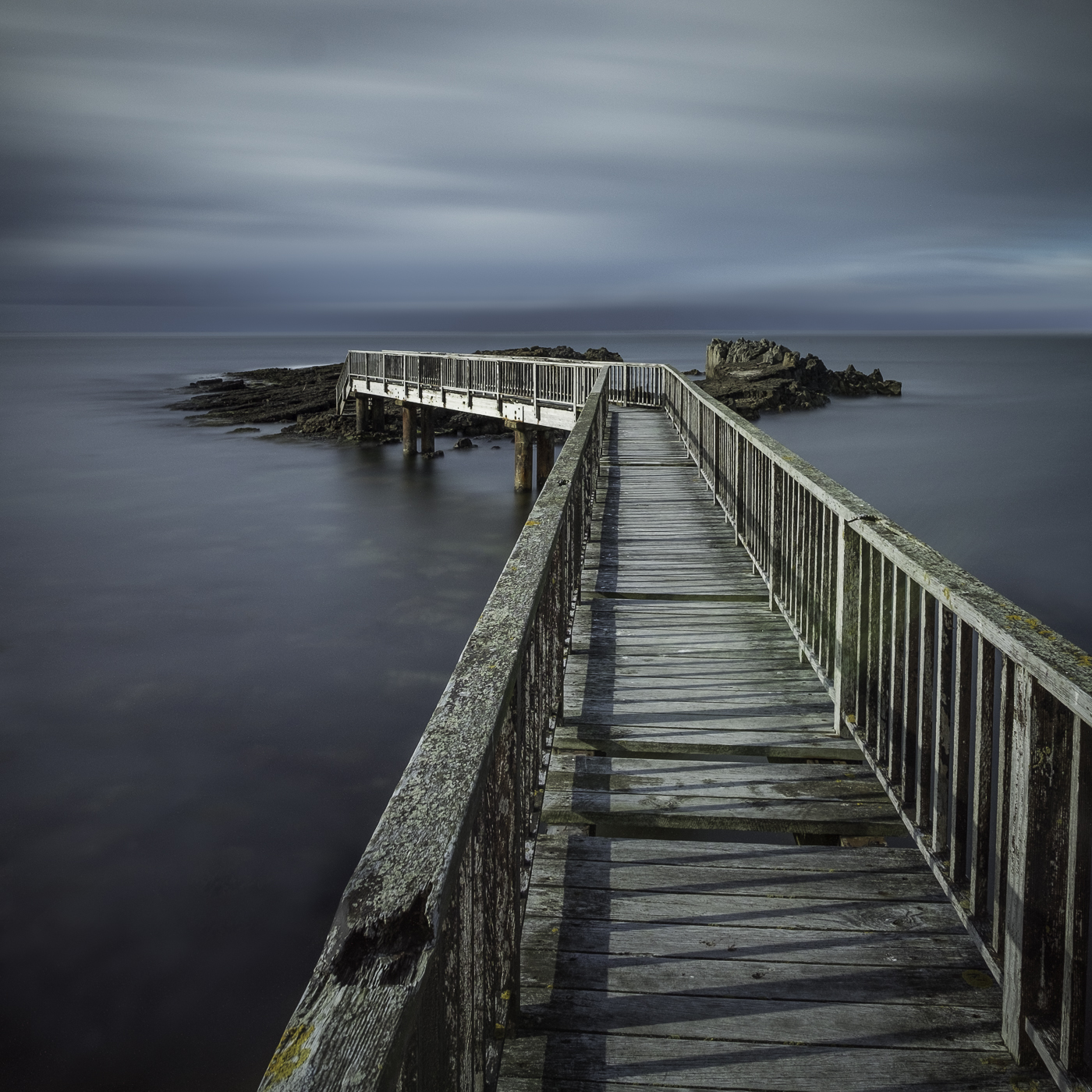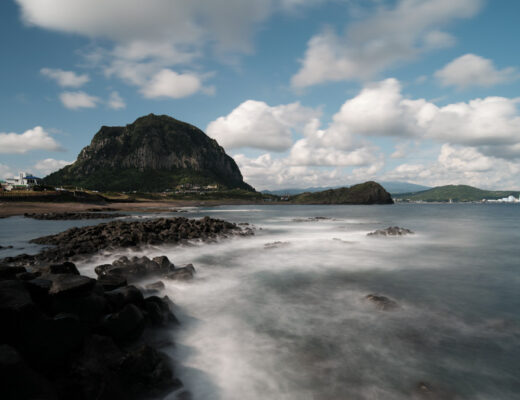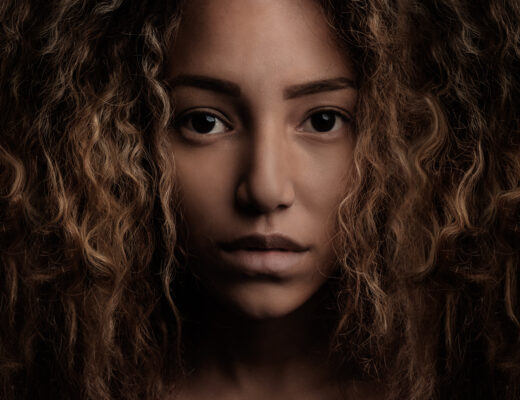There is a lot of interest in long exposure photography in recent years, which enables us as photographers to create some very interesting effects, in particular those with moving water of some sort. To create these effects involves putting a piece of dark glass in front of the lens to reduce the amount of light getting the your sensor or the film. There are special filters that do this job very well, the best known of them being the LEE ‘Big Stopper’. This piece of square glass is almost black when you look through it and it comes with a filter holder that stops any stray light getting in between the filter and the lens.
The Big Stopper reduces the light by a factor of x10, so if your exposure was that 1/125th second at f8, this then becomes an exposure of 8 seconds at f8. As you can see, this makes a significant difference to the end result. You can then change the aperture setting to adjust the required shutter speed either upwards or downwards to get the effect you desire.
This image was a 30 second exposure at f8 and ISO 200, which was what was necessary to create this effect with the sea. In this case, I didn’t want the distraction of the waves and their detail taking the eye away from the rocks in the foreground, but I did want some sense of movement, albeit limited. In other words, I was aiming to simplify the composition.
I usually find that an exposure of at least 20 seconds, and often more like 30 seconds plus gives me this effect.
I find that when I combine my LEE Big Stopper, with my Fuji XT-1, I have a great combination for my long exposure images. One of the key benefits of the Fuji over many other cameras is the ability to compose and clearly see the image on the LCD screen, even when I have the Big Stopper fitted in front of the lens. This isn’t possible on my other cameras, as the image is too dark and I have to compose and focus and then put the Big Stopper on the camera just before taking the shot.
In terms of the effects you can create with moving water, the key question is whether you want to have the water totally smooth, as in the image below, or do you want to show a sense of actual movement in the water, whether it be waves on the coast or a flowing river?
To get a sense of movement in the water and when a 10 stop filter is just too much, LEE have introduced a Little Stopper, a filter which reduces the light by a factor of 6x, so less than its big brother. I use my Little Stopper when I don’t want to have such a slow speed as that created by the Big Stopper, but where I still need a slower shutter speed than the camera can provide.
In this image of Boyeether Bay in Donegal, I wanted to show the waves washing over the beach and to give the image a real sense of ‘energy’. To achieve this, I used a shutter speed of 6 seconds at f9.5 and ISO of 1,000. It was getting dark and this was actually taken 30 minutes after sunset. The Big Stopper would have slowed down the shutter speed too much, so I used the Little Stopper. This filter is particularly useful when the light is lower, typically at dawn and dusk, the times we landscape photographers’ love so much.
In fact, I have recently been taking some very long exposures of up to 10 minutes each, using both a Big Stopper and a Little Stopper in front of the lens, a total of 16 stops. With the Fuji, I can still get a clear image on the screen to compose my shot. This is a huge benefit that the Fuji cameras bring to the party! I also used ‘Long Exposure Noise reduction’, a menu option on the Fuji that reduces any noise that may be introduced by the sensor in such long exposures. I can report that it works very well, the only downside being that it takes the same length of time as the original exposure to process the noise reduction as the camera takes an exposure with the shutter closed and subtracts any ‘noise’ from this ‘dark’ exposure from the actual exposure.
The above image was an example of the use of these filters for a very long exposure of 8 minutes, which enabled me to create a very simple composition in the middle of the day.
One thing that the LEE Big Stopper does is give a blue cast to the image. Unlike the colour casts from some of their competitors, this blue cast is very easy to remove in post production. I simply change the colour balance and ‘warm’ the image up somewhat. However, I actually like a little blue in the image as it can give a nice monochromatic effect on some of these very long exposures and I have done this in the shot above.
This is one of those areas of photography, which is great fun experimenting with. The combination of the LEE system and my Fuji XT-1, makes this much easier than many other camera systems, as you can actually compose on the LCD as I’ve already mentioned.
One thing worth noting is that these LEE filters are made of optical glass of the highest quality and they are all hand made. The old adage of buy something once and buy right holds true here. However, be careful not to drop it, as it can be an expensive mistake, as I found out myself one day when I wasn’t as careful as I normally am!

